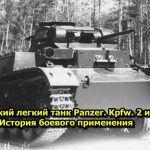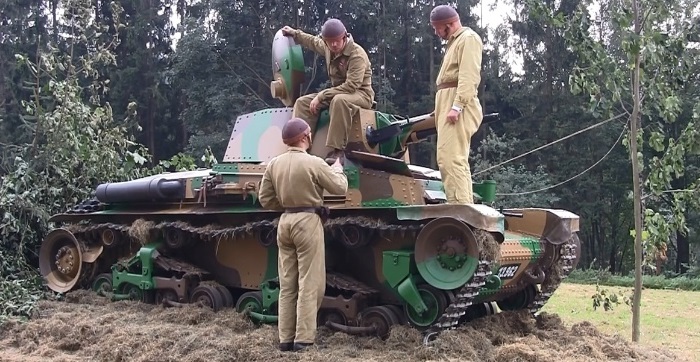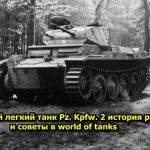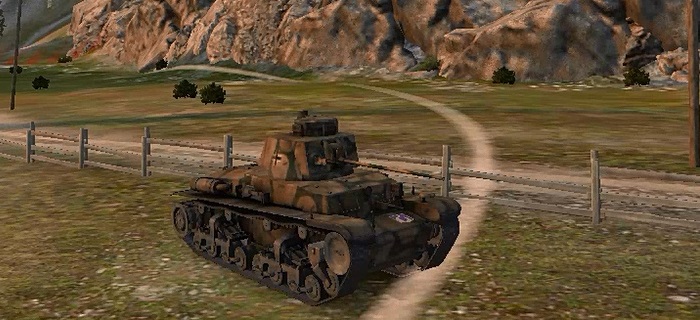By the beginning of World War II on September 1, 1939, there were 1,445 Pz.1 tanks in the Wehrmacht, which amounted to 46.4% of all Panzerwaffe combat vehicles. Their number in tank divisions varied significantly. For example, in the 1st tank division, the most equipped with medium tanks, there were only 85 Pz.I of all modifications, including commander ones; in the 2nd and 3rd – noticeably more, 153 each; in the 5th Panzer – 150. In the 10th Panzer and Kempf divisions, which had the same regiment, there were 73 and 78 Pz.1, respectively. The smallest units were in light divisions: in the 1st — 54, 2nd — 47, 3rd — 47, 4th — 41.
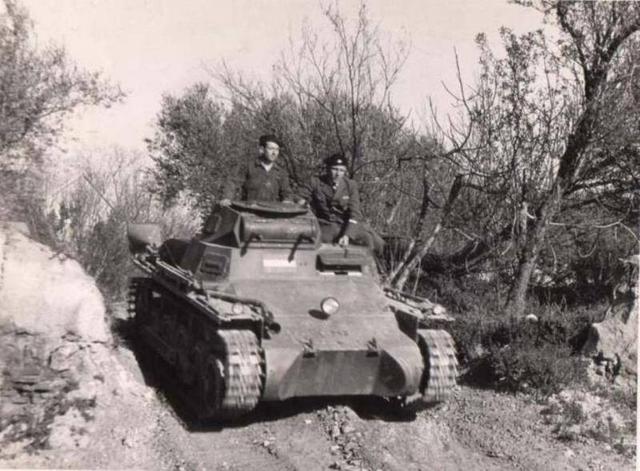
Pz.1 armor was easily penetrated by shells of 37 mm anti-tank and 75 mm field guns of the Polish army. So, when breaking through the positions of the Volyn brigade of cavalry near Mokra, for example, the 35th tank regiment of the 4th Wehrmacht tank division lost eleven Pz.1, against which the Poles successfully used even tankettes. Machine-gun fire with armor-piercing bullets of the engine and gas tanks gave good results. When meeting with the 7TR tanks, the “unit” was completely tight; for example, on September 5, during a counterattack of Polish troops near Petrków Trybunalski, tanks 7ТР of the 2nd tank battalion destroyed five Pz.1.

By the end of the Polish company, the Wehrmacht lost 320 Pz. 1 of which 89 vehicles were irretrievably lost. For combat operations in Denmark and Norway, the 40th Special Forces Battalion (40.Pz.Abt.z.B.v.) was formed on the basis of the 35th Panzer Regiment of the 4th Panzer Division, the main part of it was Pz.1 tanks.
By the beginning of the offensive in the West on May 10, 1940, the Panzerwaffe had 1214 Pz.1 tanks, 523 of them were in combat readiness. The number of vehicles of this type in the tank units of the Wehrmacht markedly decreased. Most of them — 106 units each — were in the 3rd and 4th tank divisions; in other divisions – from 35 to 86.
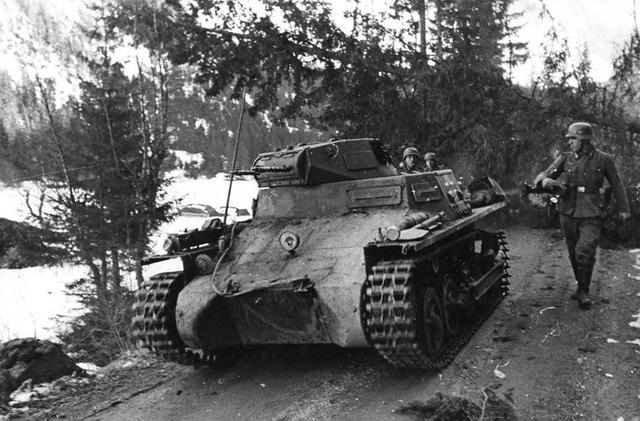
The largest battle involving Pz.1 was the battle of Namur. On May 12 and 13, 1940, the 3rd and 4th German tank divisions lost 64 Pz.1 there. “One” had no chance in a collision with French tanks – thick-armored and armed with weak, but still guns. Therefore, despite the fact that during the French campaign, tank battles were episodic, the losses of the Germans were very significant: 182 Pz.1.
In the operations of the Balkan campaign took part Pz.1 2nd, 5th and 11th Panzer Divisions. It is also worth mentioning that 25 Pz.1 in the 5th light division of the African Corps fought in North Africa.

On June 22, 1941, the Wehrmacht had 410 serviceable Pz.1 tanks, and in the tank units of the first line there were only 74 vehicles. Another 245 tanks were under repair or conversion. By the end of the year, almost all of the involved Pz.1 – 428 units were lost on the Eastern Front. In combat units, they almost never met, and for the whole of the following – 1942 – the Red Army destroyed only 92 Pz.1. In the same year they were withdrawn from service. The remaining vehicles were converted mainly into ammunition transporters. Some of them were used as part of police units in battles with partisans, and in Germany – for the training and education of tankers.

The captured tanks Pz.1, although very limited, were used by the Red Army, and only in 1941 and 1942. In this regard, I want to talk about one curious combat vehicle created at the Moscow VIM experimental plant, which was engaged in tank repair during the war years, a significant part of which until the fall of 1943 was trophy fighting vehicles.
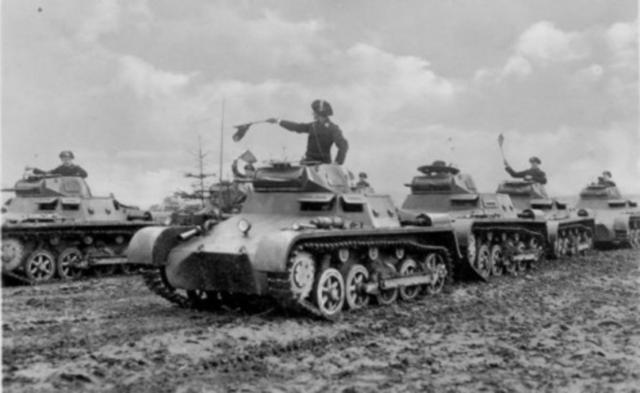
In February 1942, three commander Kl.Pz.Bf.Wg. arrived at the plant. on the chassis Pz.Kpfw.1 Ausf.B. For a long time, their repair was not of any interest, since the tanks did not have guns, and the radio equipment was practically not applicable in the Red Army. But the front demanded well-armed combat vehicles, and therefore a competition was announced at the enterprise for equipping trophies with artillery guns of domestic production. There was no particular choice, because only about twenty dozen 20 mm TNSh guns, 20 mm ShVAK aviation guns and five 45 mm tank guns of the 1938 model were delivered to the plant.

One of the winners of the competition was I. Belikov (or Belyakov). He offered to remove from Kl.Pz.Bf.Wg. (according to the documents it means “German machine-gun radio tank without a turret”) all the radio equipment, and instead of a machine gun, install an automatic ShVAK gun in a larger 20 mm ball mount, which allowed the tank to be used in the fight against German armored objects. One car was converted in March. An enlarged embrasure was cut through her frontal armor, where a cast gun mask was mounted on bolts. The mask contained a “pear-shaped insert” with a gun complemented by a simplified trigger with a handle and a shoulder rest. After testing new weapons, the gun mount was supplemented with a screw stop, and in this form, two of the three tanks left for the front. Unfortunately, their further fate is unknown.



